SICK Sensors

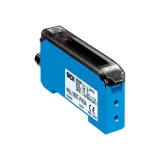

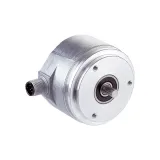
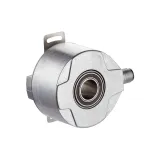
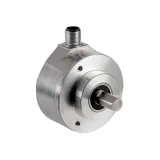

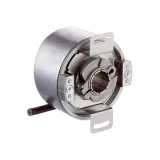
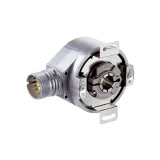
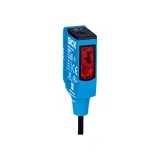

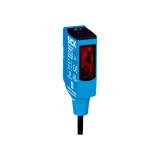
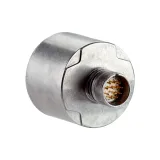
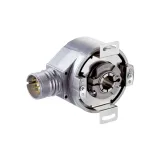

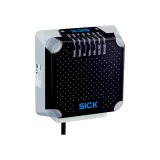

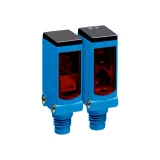
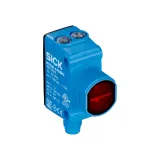
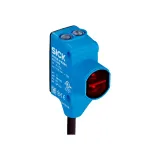
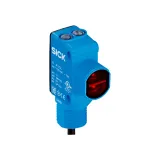
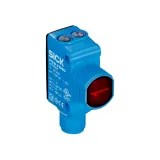
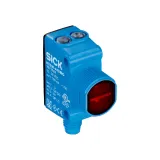

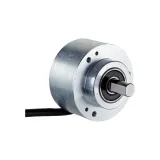
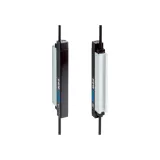
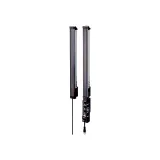
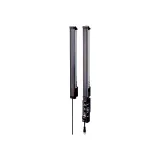
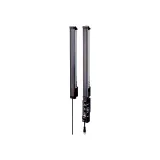

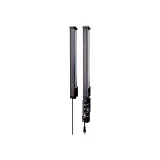
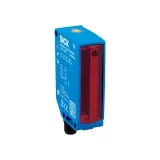
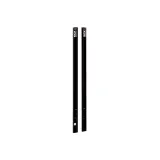

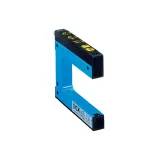
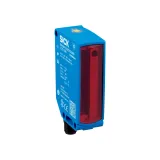
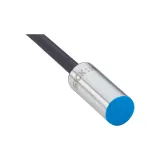
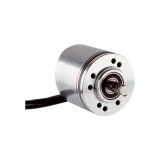

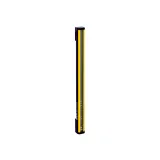
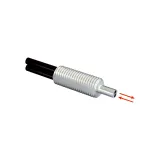

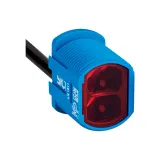
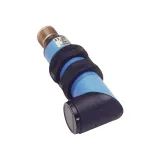
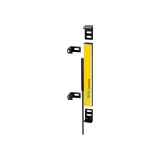
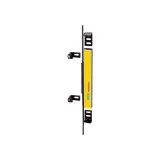

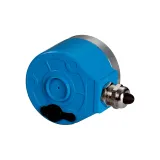


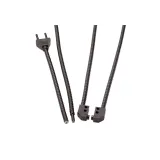
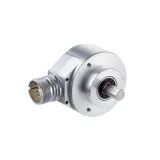

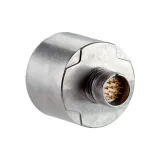
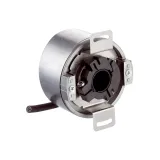
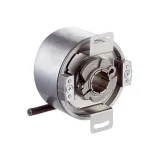
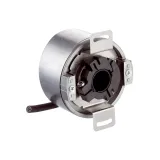
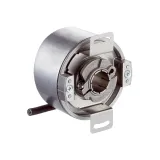
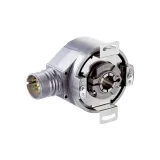
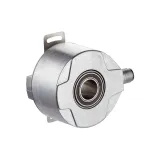
sick sensors for production lines and intralogistics
Engineers use these devices to detect presence, position, and distance with stable signals on 24 V DC rails. Housings come in stainless, zinc die-cast, and reinforced polymer with IP65/IP67 sealing for general duty and IP69K options for washdown. Typical operating bands: −25…+55 °C, short-circuit and reverse-polarity protected outputs, and response times down to 0.3–1.5 ms on discrete tasks. Interfaces span PNP/NPN, push-pull, 0–10 V, 4–20 mA, and IO-Link COM3 for parameter cloning and extended diagnostics.
Product range and series overview
Diffuse, retro-reflective, and through-beam optics cover cartons, film, and labels; inductive and capacitive heads solve metal parts and bulk media; barrel and block ultrasonics measure level and presence where optics struggle; triangulation and time-of-flight lasers add mm-class gauging and longer-range detection. Form factors include M8/M12/M18 barrels, slim cubes, fork label readers, compact distance heads, and light-curtain profiles. Accessories: swivel brackets, fine-aim carriers, M8/M12 cordsets with LED collars, reflectors, and EMC entry plates.
Technical specifications and standards
Supply 10…30 V DC; outputs rated typically 100–200 mA with overload protection. Inductive declare Sn per IEC 60947-5-2 and list correction for Al/SS. Photoelectrics publish range, excess-gain curves, and polarization options. Ultrasonic quote blind zone, usable window, and temperature compensation. Laser measurement heads state linearity (±0.1–1 % of span), repeatability, and sampling rate; most are Class 1 per IEC 60825-1. EMC aligns with EN 61000; environmental sealing to IEC/EN 60529. IO-Link parameter storage speeds swap-outs across repeat cells.
sick photoelectric sensors operating modes and optics
Through-beam gives maximum excess gain and dust tolerance; retro-reflective shortens wiring and, with polarized filters, ignores shiny wrap; background-suppressed diffuse manages mixed finishes on conveyors. Red-light versions aid alignment; IR heads resist ambient light. For tiny targets, spot lenses and fast 0.5–1.0 ms gates keep pace with high-pitch packaging. Mount on anti-rotation brackets and lock the tilt after setting excess-gain margin.
sick proximity sensors metal-target switching and ranges
M12/M18 bodies commonly offer 2…8 mm nominal ranges with teach variants for fine set-back. Choose factor-1 types when steel, aluminum, and brass appear in the same station so trip points don’t wander. Push-pull outputs simplify stock—one part covers PNP/NPN input cards. For coolant or chips, pick stainless faces and IP69K gaskets.
sick ultrasonic sensors setup and tricky materials
Transparent bottles, perforated trays, and glossy films are natural fits. Select 50–350 mm windows for box presence, 300–1500 mm for tote depth. Keep the target beyond the blind zone; apply light averaging to stabilize on angled surfaces. PPS or stainless faces ride out steam and caustic; barrel threads accept locknuts and soft pads to tame vibration.
Applications and compatibility across plants
Packaging: fork readers for labels, through-beams at infeed, retro-reflectives on clear wrap. Intralogistics: long-range optics across lanes, ultrasonics for tote level, ToF for pallet occupancy. Food and beverage: IP69K cubes with glass optics and detergent-resistant seals. Wood/metal: inductive on approach, background-suppressed diffuse through dust. When specifications group diverse heads as sick industrial detection sensors, separate presence from measurement duties so costlier gauging units are used only where accuracy is required. For motion tasks and edge control, triangulation units complement encoders without touching PLC scan time.
Integration with other brand products
Route drops with IP-rated junction boxes, divider trunking to segregate SELV from mains, and 360° braid clamps at entry plates. IO-Link masters share DIN space with drives and valve islands; diagnostics bubble up to SCADA via PROFINET/EtherNet-IP. Use matching legend plates and label sleeves on HMIs, pilot lights, and sensor looms so maintenance can trace faults fast. For retrofit skids, adapters land on existing hole patterns, avoiding new steelwork.
Selection criteria for B2B clients
Start with physics: size, contrast, distance, speed. Pick principle accordingly—metal only (inductive), mixed opaque (photoelectric), clear/porous or angled (ultrasonic), gauging or long throw (laser). Lock output logic to I/O cards, then confirm IP class and cleaning chemistry. Reserve ~30 % sensing headroom for dusting and lens aging. Standardize two bracket families and three cordset lengths across cells to keep van stock lean. If a tender references sick automation sensing devices, specify IO-Link where traceability and parameter copy are mandatory.
Notes on distance and gauging
Time-of-flight and triangulation are the tools for mm-class edge and gap checks or multi-meter reach. Publish stand-off and field of view on the drawing so fixtures leave optical clearance. Where cameras are overkill, sick laser sensors provide stable distance channels with simple analog or IO-Link outputs.